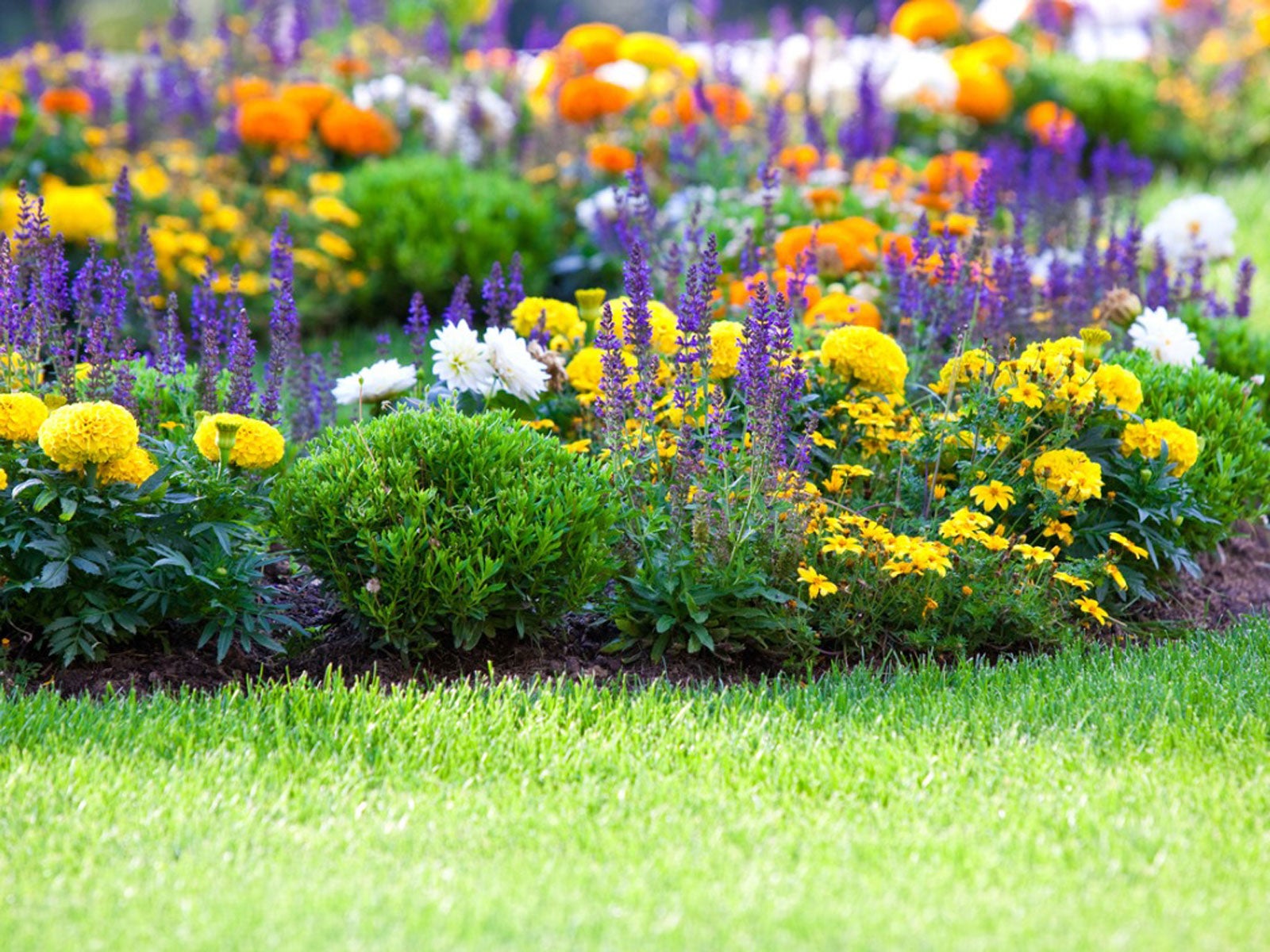How To Start Your Flower Garden


Whether you have 50 or 500 square feet (4.7 or 47 sq. m.) of area that you would like to plant with flowers, the process should be fun and enjoyable. A flower garden overflows with opportunities for the creative spirit to come alive. I'm not an "artsy" person per se, but I always tell people that the garden is my canvas because it truly is my way of letting the artist out. It relieves my stress (although a dead rose bush can send me into a whirlwind), and it's a great workout too!
So if you're ready to turn that bare spot in your yard into the next Mona Lisa, just follow my brushstrokes...
Determine Your Flower Garden Theme
There are many ways to approach your canvas, and it's really quite up to you. There is no right or wrong here. I particularly enjoy heading over to the local library or bookstore and pulling up a chair in the gardening aisle.
Pouring over pictures of English gardens, their classic beauty is always a welcome sight, or delving into dreams of sophisticated Japanese gardens that inspire zen. Or, make up your own gardening theme using my next suggestion.
Plan Your Flower Garden Layout
Once you have an idea of which direction you want to take your masterpiece, grab a piece of graph paper and some colored pencils and map it out. You many want to try a handy tool that I found at the Better Homes and Gardens website called the "Plan-a-Garden." You can sketch out your home and other structures on the site and then draw the layout of your flower garden around them. Be sure to observe if the site you want to use gets full or partial sun or mostly shade, as that will drastically change the types of flowers and foliage you can plant in your beds.
Be specific in your diagram, too. If you have 4 feet (1 m.) of flower bed space against the garden shed, you probably only have room for four clumps of giant pink zinnias there. Michelangelo only had so much ceiling to paint in the Sistine Chapel, after all.
Growing Flower Seeds or Buying Flower Plants
There are two ways to go about actually getting the flowers for your garden, and they don't have to exclude one another. If it's still winter and you have plenty of time before actually applying the glorious colors to your canvas, you may want to save some money and grow the flowers from seed. The variety of colors, textures, heights, and habits of the flowers in seed catalogs today is absolutely mind-boggling. Shopping for the seeds is one of my favorite things to do in late winter and watching the tiny seeds grow is something no person should miss out on.
Sign up for the Gardening Know How newsletter today and receive a free copy of our e-book "How to Grow Delicious Tomatoes".
Visit Our Ornamental Gardening Guide
However, if you're short on time (and who isn't?) or you prefer to buy certain flowers from the nursery and grow others from seed, then get ready to shop 'til you drop! A warm greenhouse nursery on a cold spring day is so tempting and really quite handy when your poppy seeds have once again failed to sprout.
Construct Your Flower Garden
Roll up your sleeves and the sleeves of all the helpers you can find! This is when the magic really takes place. You've planned and you've shopped and you've waited for that first warm day of spring. It's time to get dirty! A shovel, a dirt rake, and a trowel are definite necessities for loosening the soil and creating holes for each plant.
Adding some well rotted animal manure and compost to the soil is almost always a good idea too, but be sure to do this a week before you plant so as not to shock the plants.
Identify what type of soil, sun, and water each plant likes before sentencing the sunflowers to their doom in that shady spot behind the garage. If you have a wet, slow-draining spot in your yard, like I do, check to see if any of the plants you've chosen like a boggy marsh. Be aware of the quirks in your canvas before you plant and you'll save yourself a headache later on!
Enjoy Your Flower Garden Design
The most amazing thing about the flower garden is that it's always changing. Its colors and patterns will never look the same as they did yesterday. One cold spring morning you may decide you want to start the painting all over again. See ya' later daylilies! Or maybe you just want to add a few alyssum here and some hostas there. It's a constant creation, and you really can't go wrong.

Arista Hageman is a writer for Gardening Know How who specializes in flower gardening.